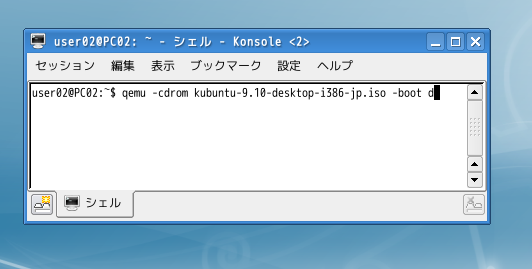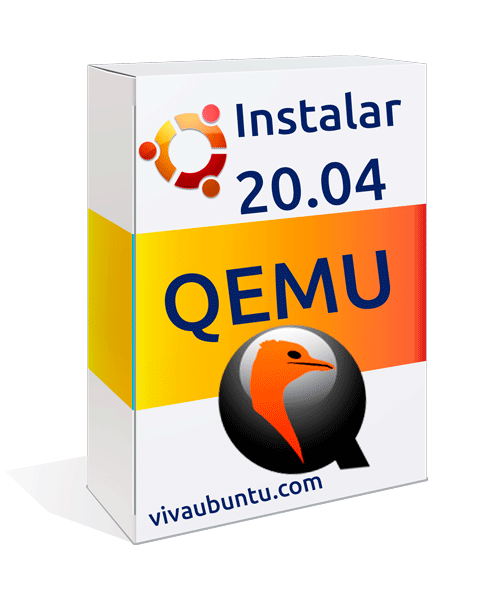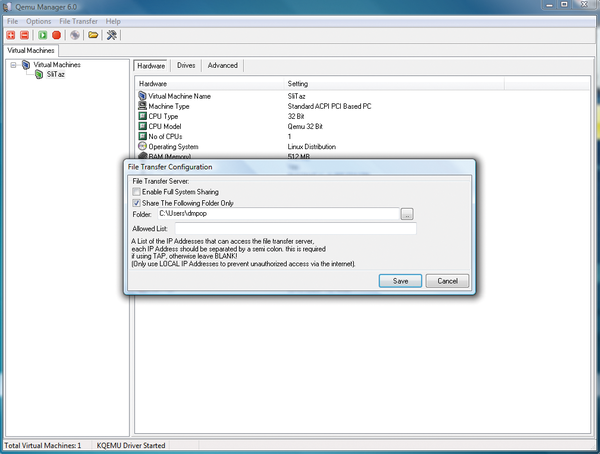
If archive is used, then QEMU can be downloaded and prepared using

The QEMU emulator source code can be obtained as an archive from here or as a git repository from github. The latest stable version at the time of writing is 6.1.0. The development will be done in the /home/user/qemu_devel directory, and that directory will be refered to as $PROJ_DIR. Nfs-kernel-server swig ninja-build libusb-1.0-0-dev Libncurses5-dev lzop make tftpd-hpa uml-utilities \ Libgmp3-dev libmpc-dev device-tree-compiler u-boot-tools bc git \ Net-tools python3-sphinx libsdl2-image-dev flex bison \ Libxen-dev liblzo2-dev valgrind xfslibs-dev kpartx libssl-dev \ Libsnappy-dev libssh2-1-dev libvde-dev libvdeplug-dev \ Librdmacm-dev libsasl2-dev libsdl2-dev libseccomp-dev \ Libjpeg8-dev libncurses5-dev libnuma-dev librbd-dev \ Libcap-ng-dev libcurl4-gnutls-dev libgtk-3-dev libibverbs-dev \ Libbluetooth-dev libbrlapi-dev libbz2-dev libcap-dev \ Zlib1g-dev libnfs-dev libiscsi-dev git-email libaio-dev \ # Installing prerequisites $ sudo apt -y install git libglib2.0-dev libfdt-dev libpixman-1-dev \ I am using Ubuntu 20.04 as the host system, so if different system is used it is possible that some additional packages from prerequisites need to be installed. The Versatile Express V2P-CA9 will be used as the target board.īefore we start with the development, prerequisites need to be installed. In the next post a real root filesystem will be used.

A simple init ramdsik will be used instead of root filesystem, so the Linux kernel does not panic on boot. In this post I will cover the following thingsĪt the end of this post we will have a working QEMU, and starting point for U-Boot and Linux kernel which can be used for further work.

In the previous post I presented some of the goals for doing this work with QEMU. This is part 1 of the QEMU Board Emulation post series. Preparing U-Boot and Linux kernel for QEMU Board emulation


 0 kommentar(er)
0 kommentar(er)
